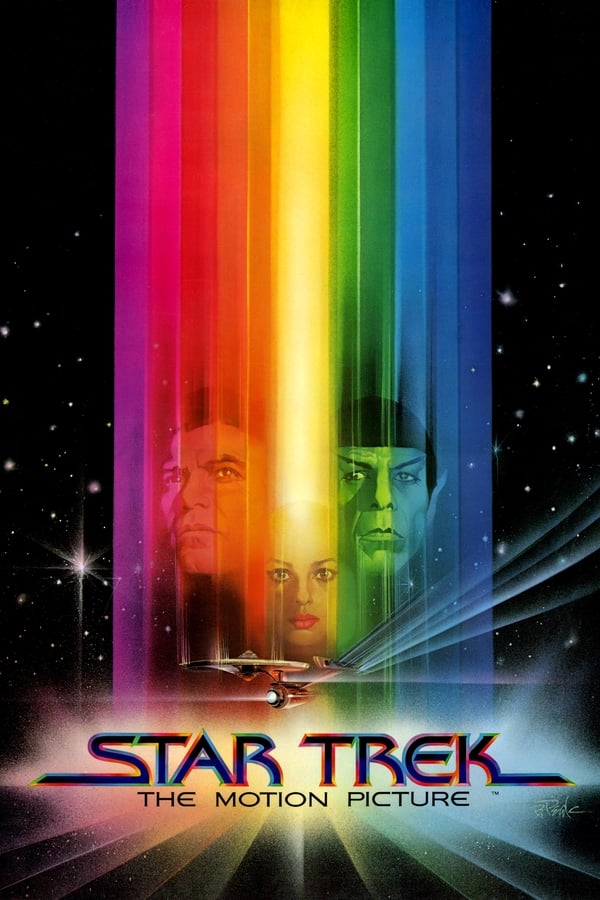“Star Trek: The Motion Picture” serves as the grand transition of the beloved television series to the silver screen, released in 1979 and directed by Robert Wise. The film reunites the original series’ cast, including William Shatner’s Captain James T. Kirk, Leonard Nimoy’s Spock, and DeForest Kelley’s Dr. Leonard McCoy, as they confront an enigmatic and powerful entity known as V’Ger, which is approaching Earth with potentially destructive intent. The narrative reassembles the USS Enterprise crew for an urgent mission, prompting Kirk to reclaim command of the newly refitted starship, navigating the tension between his role and that of the ship’s assigned captain, Willard Decker, played by Stephen Collins.
Set in the 23rd century, the film’s plot explores themes of identity, existence, and consciousness, pushing the boundaries of the known Star Trek universe both thematically and visually. The crew’s journey to intercept V’Ger offers stunning visual effects, a hallmark of the film, which sought to capitalize on the burgeoning interest in science fiction cinema of the late 1970s. The interaction with V’Ger challenges the crew to confront philosophical questions, as the entity’s quest for understanding and its origins unravel, providing a narrative that delves deep into the essence of what it means to be sentient.
“Star Trek: The Motion Picture” not only marked a significant milestone in bringing the beloved television series to the big screen but also set the stage for the future of the franchise, initiating a series of subsequent films and spin-offs. Despite receiving mixed critiques initially, mainly due to its pacing and narrative depth, the film has gained appreciation over the years for its pioneering visual effects and the ambitious expansion of the Star Trek universe. It remains a pivotal piece in the Star Trek saga, celebrated for its contribution to evolving the series from a television phenomenon to a comprehensive cinematic legacy, continuing to engage audiences with the exploratory spirit and philosophical depth characteristic of the Star Trek ethos.
